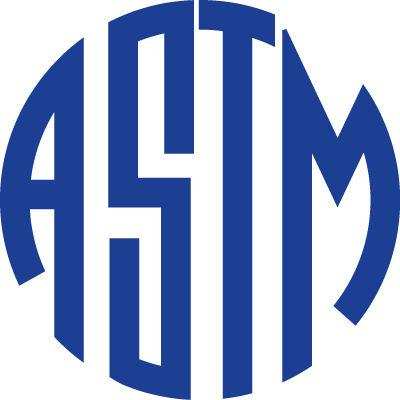Sat, Mar 05, 2016
Part Of The F44 Committee's Efforts To Generate Industry Standards
ASTM International’s Committee on General Aviation Aircraft (F44) has approved two new standards that cover handling characteristics and icing protection. The standards are part of the committee’s efforts to generate a set of industry standards that help with compliance to regulations from certification authorities.

The Specification for Handling Characteristics of Aeroplanes (F3173/F3173M) establishes airworthiness design standards for general handling characteristics in flight, on ground and on water.
ASTM member Marten Bosman says that this standard will allow plane manufacturers and others to select a method for certification that is appropriate for their plane, rather than adapting the plane to the demands of the regulations. “This is a completely new way of thinking about certification in aviation,” Bosman says. “In the end, the product specified will be safe while at the same time reducing time and cost of certification.”
The standard covers aircraft ranging from simple two-seat light aircraft to 19-seat high-speed business jets. According to Bosman, aircraft manufacturers will use the standard and regulatory bodies will reference it. Overall, he notes that the standard provides “simple methods for simple aircraft,” and “more complex methods for complex aircraft.”
The Specification for Icing Protection for Small Airplanes (F3120/F3120M) will help show that aircraft can operate safely in various icing environments. According to ASTM member Dennis Regnier, the standard gives manufacturers a clear path to meet regulatory requirements for aircraft icing. The standard primarily supports systems designed to protect planes from in-flight icing and to help ensure that planes can operate safely within defined conditions.
According to Regnier, the standard could support a wide variety of small planes, from personal planes to business jets.
“Aircraft manufacturers will use this standard to ensure that new planes meet the appropriate sections that apply to their type certificate from the certification authority,” says Regnier. “Also, companies that design and make ice protection systems, air data probes, and other equipment will use the standard to ensure that products they supply to aircraft manufacturers meets certification needs.”
Additionally, Regnier notes that companies trying to receive certificates to add ice protection systems or to make icing-related modifications to aircraft will also use the standard.
To purchase standards, visit ASTM online and search by the standard designation. ASTM welcomes participation in the development of its standards.
More News
From 2023 (YouTube Version): Legacy of a Titan Robert (Bob) Anderson Hoover was a fighter pilot, test pilot, flight instructor, and air show superstar. More so, Bob Hoover was an i>[...]
Get The Latest in Aviation News NOW on Instagram Are you on Instagram yet? It's been around for a few years, quietly picking up traction mostly thanks to everybody's new obsession >[...]
Aero Linx: B-52H Stratofortress The B-52H Stratofortress is a long-range, heavy bomber that can perform a variety of missions. The bomber is capable of flying at high subsonic spee>[...]
Altimeter Setting The barometric pressure reading used to adjust a pressure altimeter for variations in existing atmospheric pressure or to the standard altimeter setting (29.92).>[...]
"Knowing that we play an active part in bettering people's lives is extremely rewarding. My team and I are very thankful for the opportunity to be here and to help in any way we ca>[...]
 Classic Aero-TV: Remembering Bob Hoover
Classic Aero-TV: Remembering Bob Hoover ANN FAQ: Follow Us On Instagram!
ANN FAQ: Follow Us On Instagram! ANN's Daily Aero-Linx (05.15.24)
ANN's Daily Aero-Linx (05.15.24) ANN's Daily Aero-Term (05.15.24):Altimeter Setting
ANN's Daily Aero-Term (05.15.24):Altimeter Setting Aero-News: Quote of the Day (05.16.24)
Aero-News: Quote of the Day (05.16.24)



